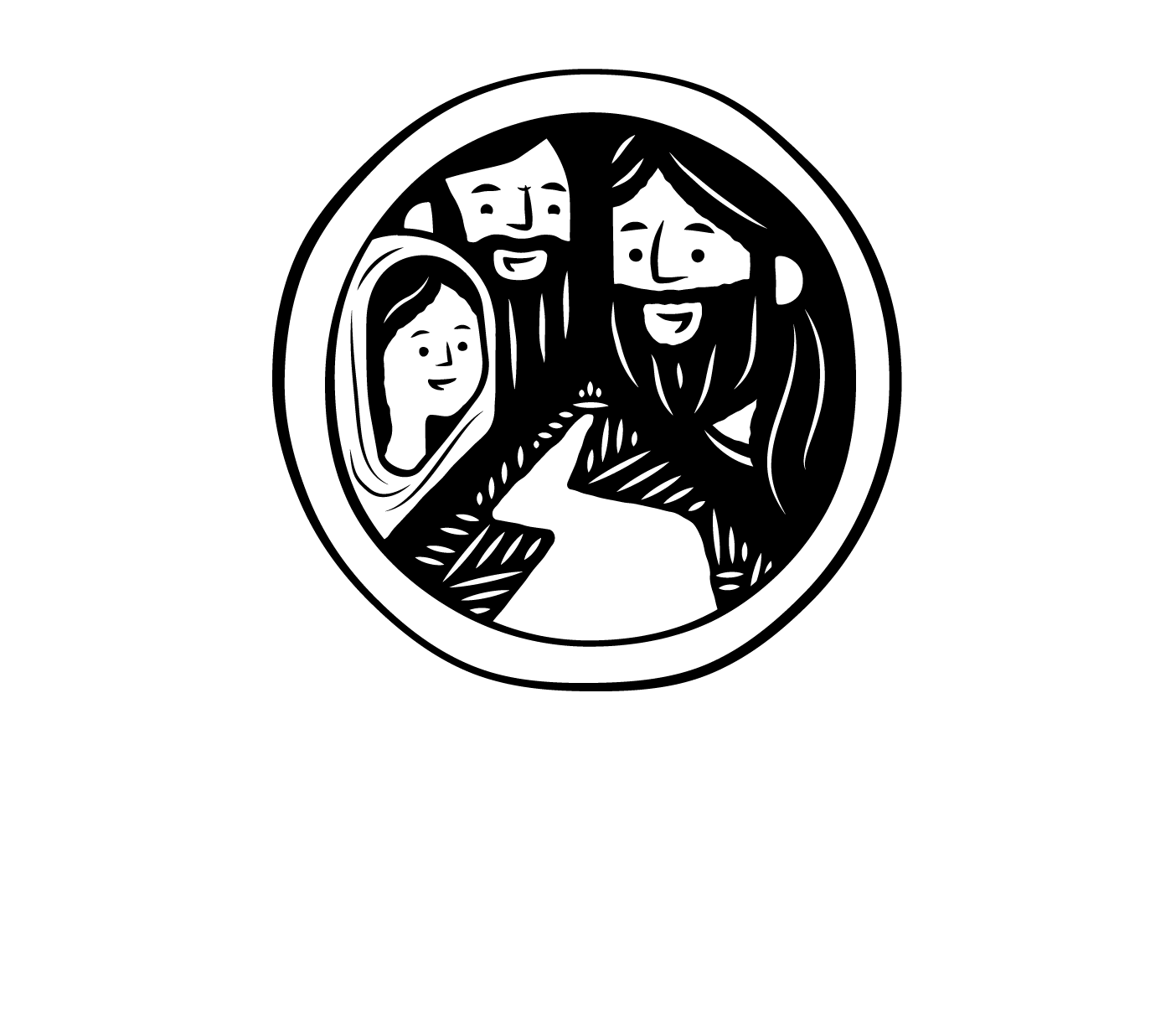Why read the New Testament in its original Greek?
Reading in Greek is simply the best way to access the intended meaning of what is written. In translation, for example, the importance of word choice can go unnoticed. At times, a significant aspect of the intent may be missed in translation.
Did you know that Jesus, as a pious Jew, probably wore tassels? That’s what the Gospels seem to indicate. The woman with the chronic hemorrhaging condition reached out to Jesus for healing. She probably touched the tassel of his cloak. Yes, the Greek word kraspedon (κράσπεδον) in Matthew 9:20 and Luke 8:44 is most likely a technical term, referring to the tassels attached by religious Jews in the first century onto the four corners of their regular clothing, in obedience to the commands laid out in the Torah, the five books of Moses (Numbers 15:38-39 and Deuteronomy 22:12). The Septuagint—this is the ancient translation of the Hebrew scriptures or the Old Testament into Koine Greek—uses the word kraspedon (κράσπεδον) in the Torah as a technical term for tassel.
Photo credit: Wikimedia Commons
Wall painting from the 4th-century Catacombs of Marcellinus and Peter, near Rome
Yet many translators obscure this point. Or, worse, they may mislead their readers, when they render this word variously as “hem“ (NKJV), “fringe” (NASB), “edge“ (NIV, NET) or “border” (ASV) in this story.
But there’s more. In Matthew, Jesus warns his fellow compatriots against making a show of piety by making one’s tassels long. The logic, incidentally, indicates that Jesus is in fact not against wearing tassels per se. Rather, he criticizes people’s making them long for show. At any rate, the term used is… you guessed it, kraspedon (κράσπεδον). But here, unlike in the story of healing, some of the same translators opt for the rendition “tassel” (NASB, NIV, NET—NKJV, ASV have “borders”) here, in Matthew 23.5. So, clearly, translators are aware that the word can be used as a technical term in Greek for the Jewish tassels mentioned in books of Moses. So why the reticence to use the English translation "tassel” in the healing episode? Is there a reluctance to see Jesus wearing tassels on his cloak?
We all have biases. I, the writer of this webpage, am no exception. This is one of the reasons it is so important for all of us who call Jesus their Messiah to be able to access the books of the Scriptures in the original language of writing. Having this ability, allows us to evaluate conflicting claims.
When a variety of translators render the word kraspedon (κράσπεδον) variously as “hem,“ “fringe,” “edge,“ “border” and so forth in the story of the healing of one woman’s hemorrhaging, they fail to recognize a key part of what is at stake in this episode—the Jewishness of Jesus.
To some extent, every translation will fail. The solution is not a better translation.
One of the great joys of reading the New Testament in its original language, in Greek, is the joy of being able to see Jesus, both in all of his human experience and in his infinite beauty, more and more clearly. Come begin your journey towards this joy.




